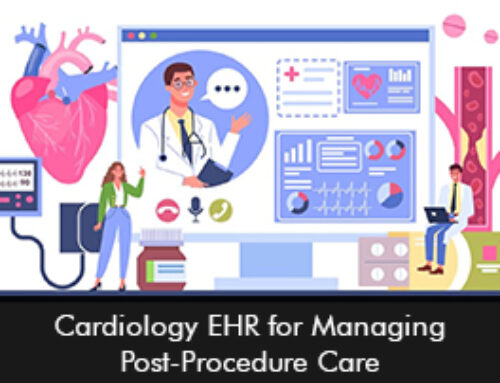According to Surescripts, in the first six months of this year, healthcare interoperability has grown rapidly. The company has been successful to support health data exchange for almost 20% of Americans.
Why is interoperability important in healthcare?
Health information technology systems are being used by healthcare organizations, these software solutions include EHR systems, Medical billing software, and the Patient Portal EMR Software platform. All of these systems have different interfaces and may not communicate seamlessly which can be an issue for providers in the form of extra manual work. It is here where interoperability plays a vital role by enabling different technology systems to transmit, interpret and use data within and across healthcare organizations to support care coordination and improve patient care.
Surescripts Record Locator and Exchange
To smoothly access the health records of more than 62 million patient’s providers used Surescripts Record Locator and Exchange. Surescripts enabled health data exchange for 622 million clinical documents during the first six months of the year 2022. This reflects a boost of 76% over the previous year. With the Record Locator and Exchange, clinicians can seamlessly access patient visits and clinical document locations for more than 324 million people.
Surescripts aims to offer the following benefits to clinicians
- Easy access to patient records and care histories to offer the best diagnosis, treatment, and prescribing.
- Eliminate any communication barricades for smooth care coordination between providers.
- Improve efficiency
- Reduce the overall cost of care.
By using Surescripts physicians sent 84.2 clinical messages, representing a 36.8% increase as compared to 2021. Interoperability has helped to close any gaps in patient information and patient histories which empowers clinicians to have informed conversations with patients and deliver high-quality patient care. Surescripts aims to enhance interoperability options allowing healthcare providers to focus on patient care and stop chasing down paperwork and experiencing burnout. Driving interoperability means that provider efficiency can go up and also drastically improve patient safety for better patient outcome levels.







